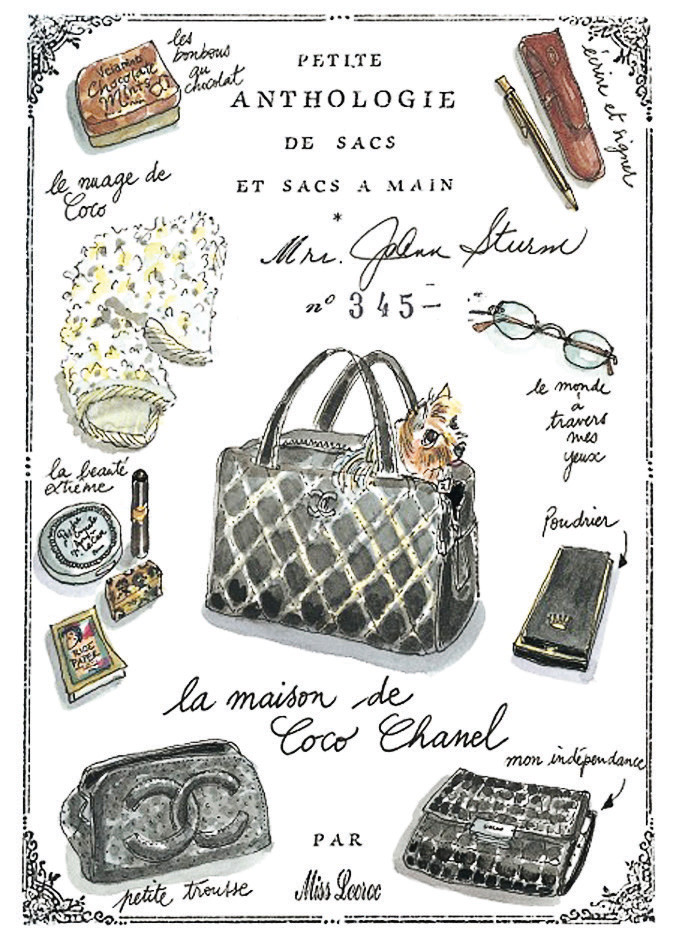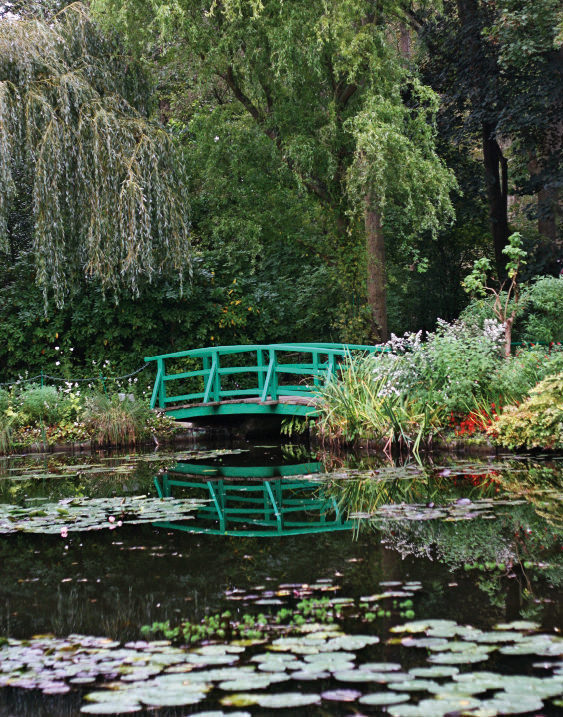-
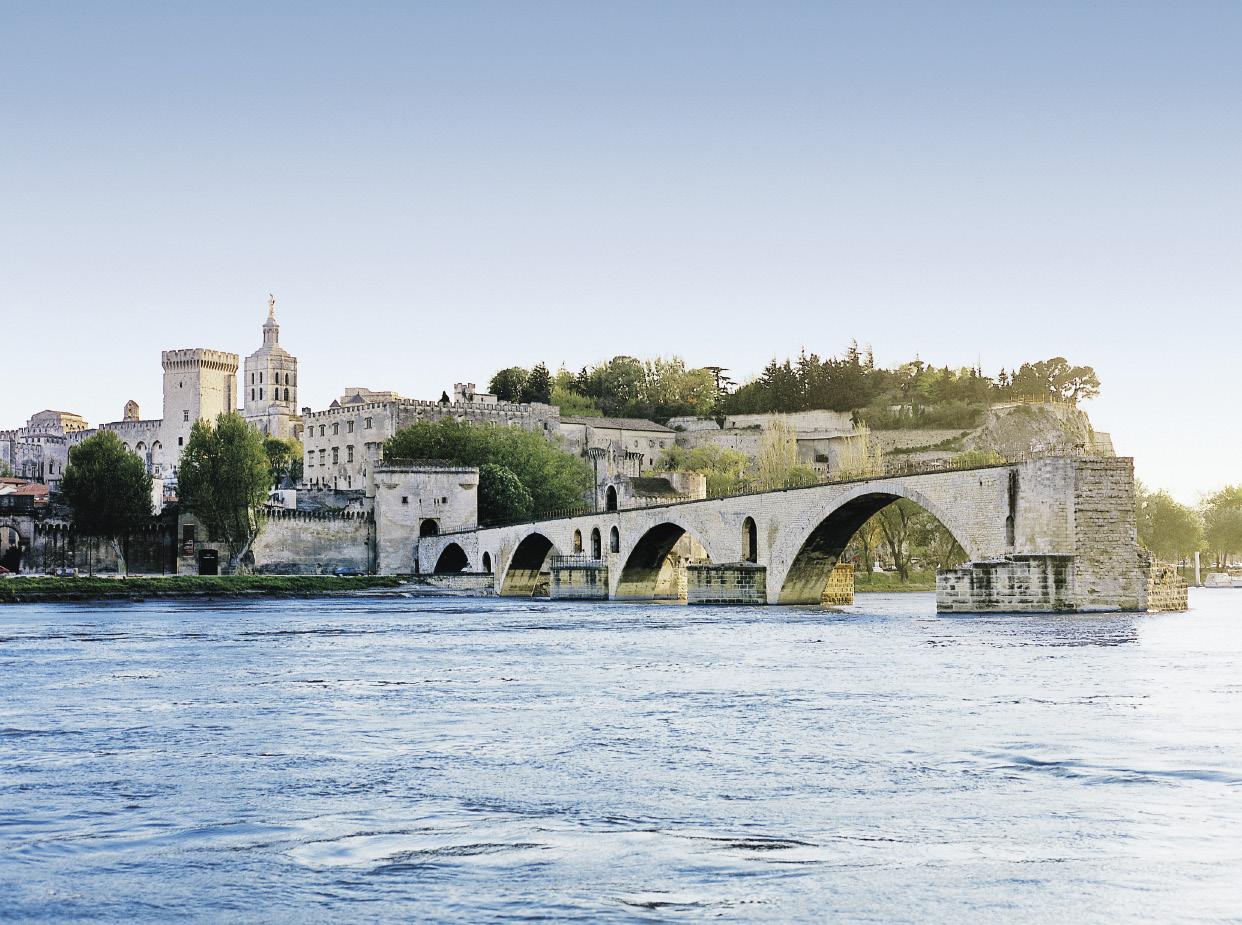
Avignon’s picturesque Rhone riverfront is anchored by the Pont Saint-Bénézet and the Palais des Papes.
-

The Heimdal (95 staterooms), a Viking Longship, is one of the newest vessels in the company’s fleet.
-

The Palais des Papes on the Rhone riverfront in Avignon.
-
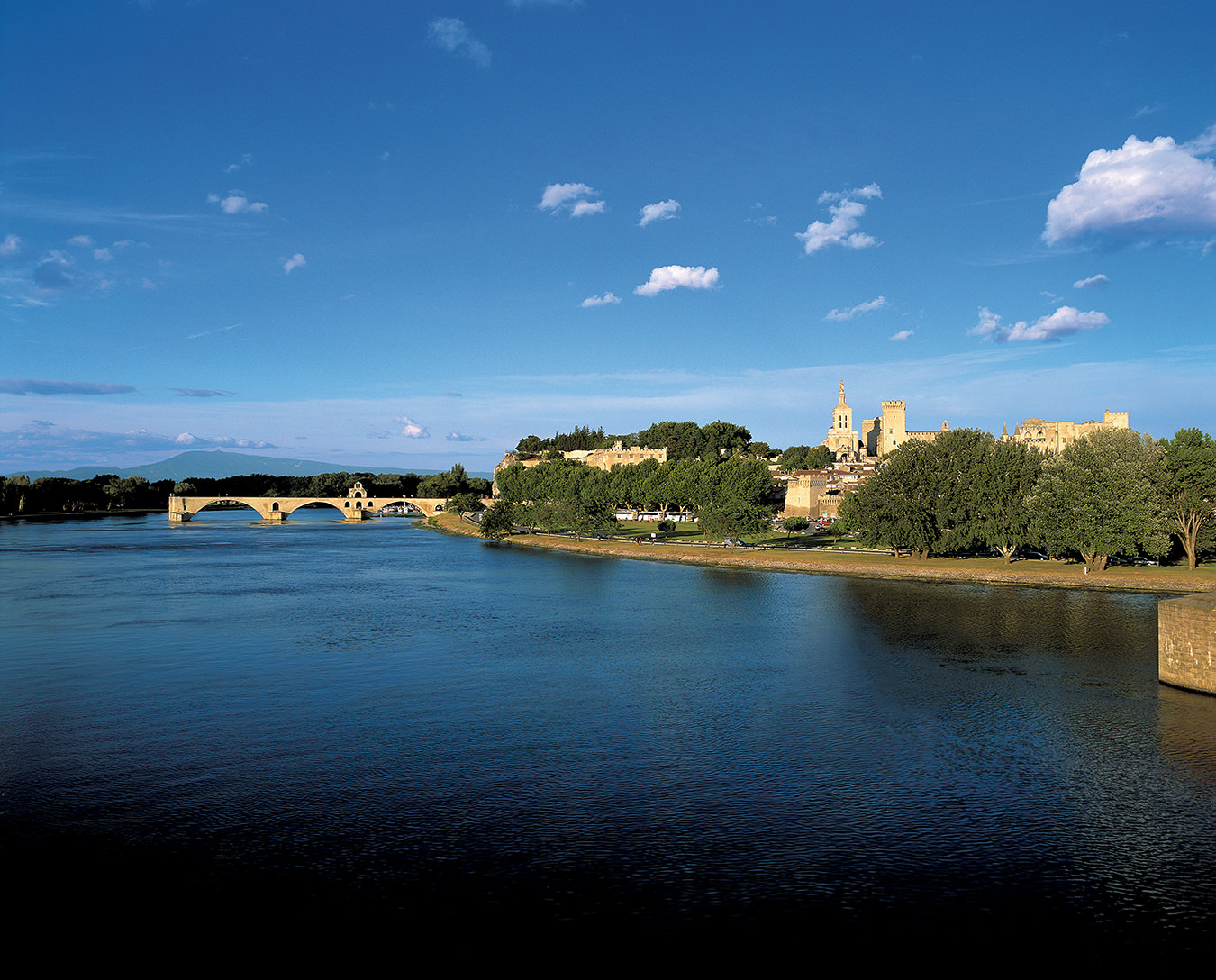
The Rhone River flows south through Avignon to the Mediterranean Sea.
-
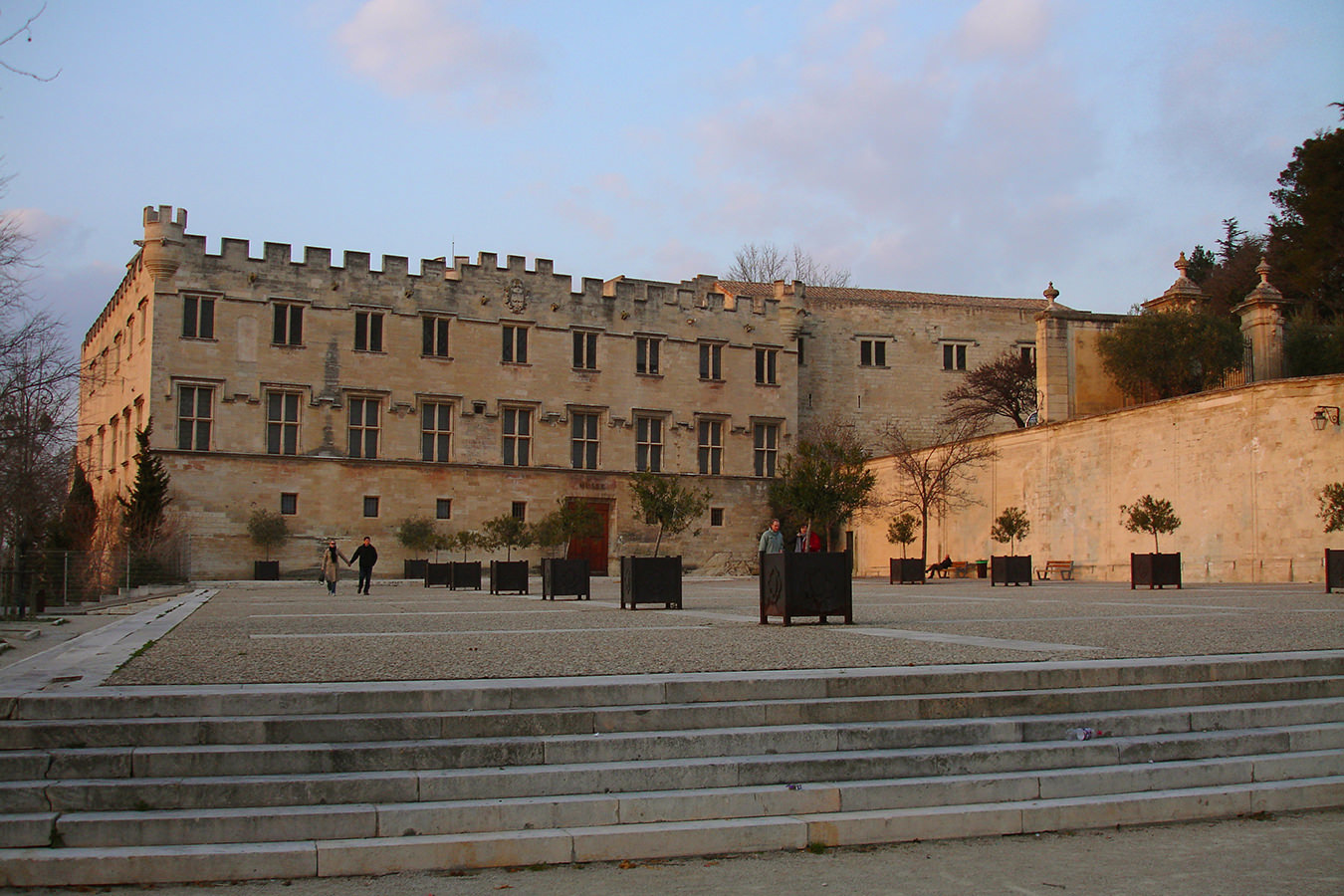
The Musée du Petit Palais in Avignon, France.
Portraits of Southern France
On board with Viking River Cruises.

Rivers of stone, rivers of time; Avignon, the ancient French city on the banks of the Rhone River, sits at the confluence of both. The city, the largest in the southern department of Vaucluse, is best known for the Pont Saint-Bénézet—that famous broken bridge sung about by millions of francophone tots—and its greatest folly, the Palais des Papes, a sprawling papal complex dating from the 1300s.
The Holy See moved northwest from Rome to Avignon in 1309. It built the magnificent palace on the impregnable Rocher des Doms as proof of both the power of the papacy and its seat of power. But after less than a century, the Avignon papacy, as it was called, collapsed under its own extravagance. Today, towering over the small city, visible from nearly all points within its ancient walls, and so disproportionately grand for what the town has become that it looks like a ship in a bottle, the Palais is a monument if ever there was to the frustrated ambitions for permanence.

The Palais des Papes on the Rhone riverfront in Avignon.
What were once halls bustling with commerce, conclave machinations, and the scheming of popes, legates, and vice-legates are now barren. The tapestries—to insulate against the howling mistral as it scours the stone—are gone. The only whispers are of the audio guides, narrating frescoes long crumbled in French, Italian, Chinese, Japanese, English, and so on.
Inside the treasury, in four strong boxes that once held the most valuable treasures of the Pope, visitors have slipped through the glass cover Mentos wrappers, one-euro notes, and a few pennies. In the Grand Chapel, where the popes once gathered to pray, the room is silent and bare. Except for a man singing “Kyrie Eleison” to himself, just to test the acoustics.
Time has been humbling but not unkind. Walk along the empty corridors, pause at grass-covered courtyards, and peer into the chapel of St. Martial with its tremendous Giovannetti fresco. No matter how worldly the original intent might have been, the Palais des Papes now bears a quiet transcendent grace. Austerity has finally come after all these years. It only took piety over 600 years to do its work.
Upon leaving, visitors are spit back out into the sunlight to look up from narrow lanes to the dizzyingly tall walls. Cobblestoned streets like capillaries of the palace stretch to the south and east to the ancient city walls, while others follow a short, steep descent to the Rhone.
Avignon is as much a city of the river as it is of the stone. Just outside the walls, the banks of the Rhone are lined with barges and bateaux.
I visit Avignon as spring has just begun to make itself known. The days are long and warm, except when the mistral picks up, sweeping cold air south along the Rhone valley. From my room at La Mirande, a grande old dame that occupies a 14th-century cardinal’s palace just across a road from the Palais, I can only glimpse a narrow scrim of sky. The rest of my view comprises the walls of the old Palais with its slit-like windows and crenellated silhouette. For the duration of my stay, the sky is a patient, intense blue—robin’s egg during the day and deep velvet at night, pierced with stars.

The Rhone River flows south through Avignon to the Mediterranean Sea.
I am aimless in the morning. I read the local paper, La Provence, which is attached to one of those old-timey wooden sticks that presumably deter theft and definitely knock over orange juice glasses. The breakfast room is deserted—as they often are in these charming hotels—save for a mysterious Russian couple and the solicitous waiters with foreign accents.
I wander over to the vast palace courtyard, past kids with boom boxes breakdancing in the gravel. I duck into the often overlooked Musée du Petit Palais, as empty of visitors as the Palais was lousy with them. In every room, I am alone with the Virgin Mary and a larval-looking baby Jesus—Giovanni Baronzio’s Madonna and Child. But I am not truly alone. In every room, a guard sits quietly. As soon as I enter, she rises and indiscreetly monitors me from a few paces away. Between the surveillance of the guards and the glares of Mary, I decide to quickly flee.
Not far away, I pass a square with a carousel, empty horses perpetually spinning, lined with overpriced cafés, and duck into L’Essentiel, a restaurant tucked under a church. The patronne, Dominique Chouviat, a deeply tanned woman with a string of pearls, is as elegant as the food that her husband, Laurent, creates in the small kitchen. The flavours of the sea are perfectly caught by a few marinated sardines placed upon a tumble of potatoes drizzled with olive oil from nearby Aix-en-Provence and finished with light lemon gelée. In one bite, there is sun and sea, a Provençal breeze.

The Musée du Petit Palais in Avignon, France.
Avignon is as much a city of the river as it is of the stone. Just outside the walls—the best and most intact of all the defensive walls of France—the banks of the Rhone are lined with barges, houseboats, and bateaux. A few of them, longships that resemble modern apartment buildings lying on their sides more than ships, bear wreaths of red and white balloons. These are the newly inaugurated ships from Viking Cruises, a river and ocean cruise company with its operational headquarters in Basel, Switzerland.
As is customary for new ships, these—the Viking Longships Heimdal, Buri, and Hermod—would be christened by their godmothers. And so, workmen affix a special brace to hold a bottle of champagne (later to be smashed against the hull), while others lash the balloons to the railing to fend off the howling wind. I board the Heimdal; with 95 staterooms, a 360-degree sundeck, and casual alfresco dining on the bow, it feels like a sophisticated floating palace.
I wander to the sundeck and stand at the prow. It’s hard to feel movement from a ship as large as the Heimdal on a river as easy-flowing as the Rhone. There is no pitch nor roll nor yaw. The ship—which can reach speeds of 22 kilometres an hour (12 knots)—is perfectly still. Standing at the helm as the sun sets over the broken bridge, I feel steady and secure. Nevertheless, I reflect, this is the charm and the danger of Avignon, the seduction of seeming stillness. It had blinkered the popes into thinking theirs was a kingdom to last, but it wouldn’t blinker me. Taking one last look at a sun that’s fractured by the silhouettes of plane trees lining the quay, I head back to land.


